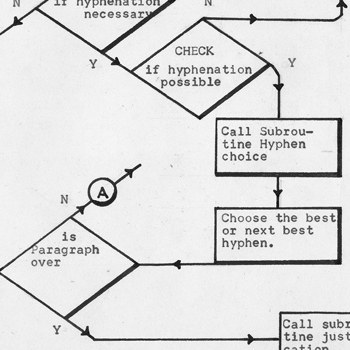Printing, the 530-year-old process of reproduction, is a well-established industry today. From the days when a printer did the jobs of a typographer, publisher, machine operator, and proofreader, today the jobs have been categorised and specialised. A specialist handles a specialised job. A proofreader, for example, is a language expert (perhaps a graduate student) who does the correction work. He also takes care of hyphenation.
The proof reader knows the dos and don'ts of hyphenation, and in a printing setup, he is the final authority on it. He is, however, free to use a standard dictionary in case of doubt. Hyphenation is then perhaps a simple problem, and the following is a perfect solution: lets see
Information transfer has become of bloodlike importance in the body of modern business and industry. The new technology has made information transfer a faster and easier process. As a result, information processing has become faster to keep up with the former. Now, a parallel change has occurred in the print industry, certainly as far as the printing of news is concerned. More and more news from faraway places is available, so there is a need to process this news as quickly as possible, print it, and send it to the readers. A small delay and the news will be stale (radio and television are certainly faster, but print media still has a long way to go). Therefore, there is great pressure to reduce the processing time involved in printing.
